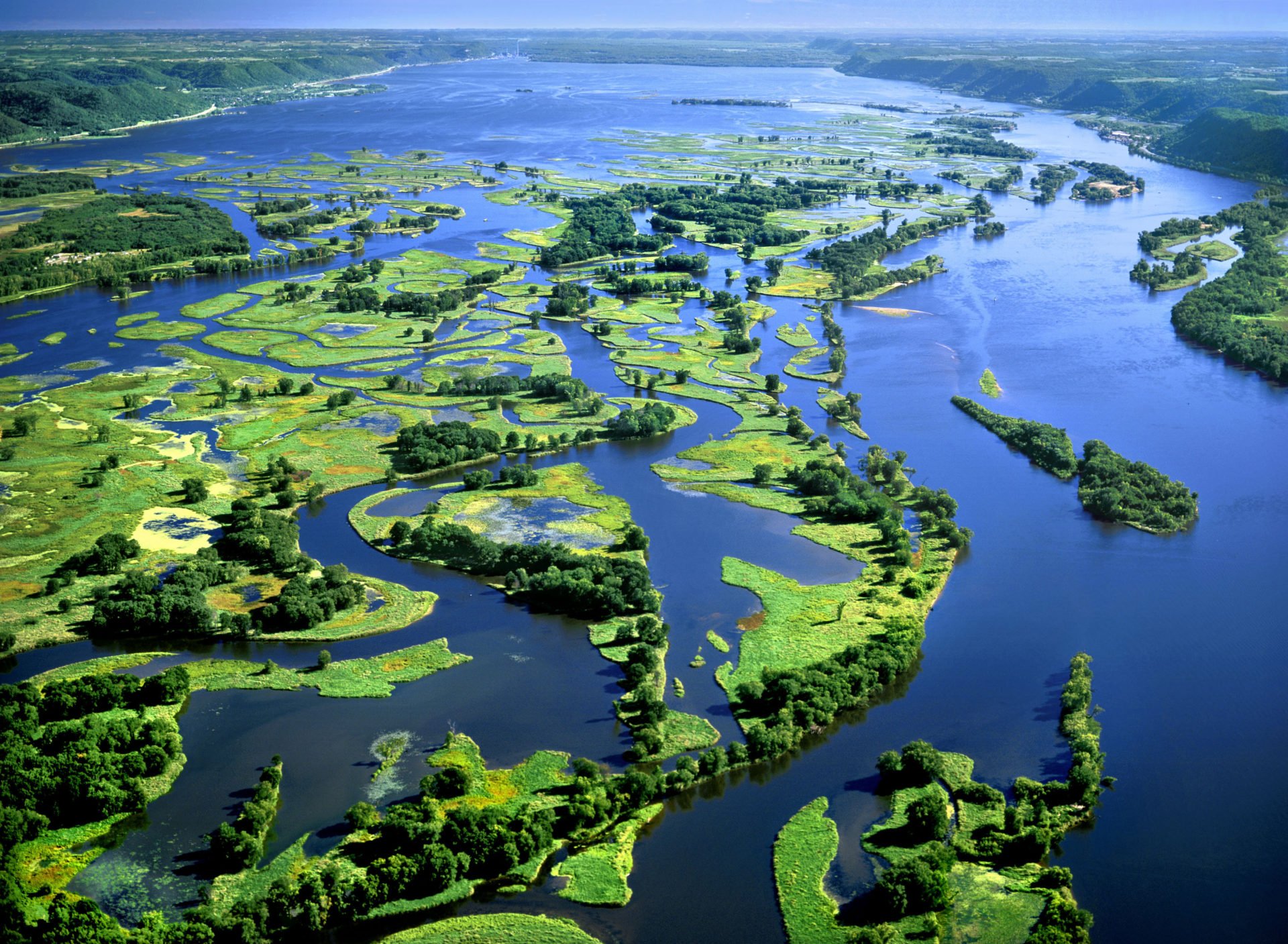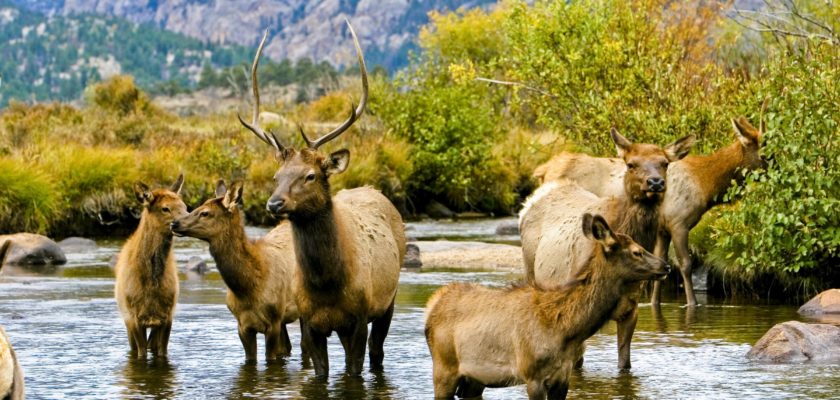The Missouri River is one of the longest and most interesting rivers in the U.S. Missouri is only one of the states this river crosses. In this article, we will discover how the river was named, where it starts and ends, and so much more. Be sure to follow the links to some other interesting Missouri River articles. Now, let’s dive into some of the best Missouri River facts that will blow your mind!
The Missouri River Passes Through Several Natural Wonders
What is now called the Upper Missouri River Breaks National Monument was once a flat land. The land had been laid down over time in layers, starting with the sediment and coast of the massive inland sea that once covered the Great Plains. Volcanic activity created an intense change in the topography of the flat land. It caused it to fold, fault, and then uplift into tall peaks, which would also be sculpted by glaciers. Finally, erosion occurred over millions of years and formed what is now called “the Breaks.” This is a favorite among kayakers.
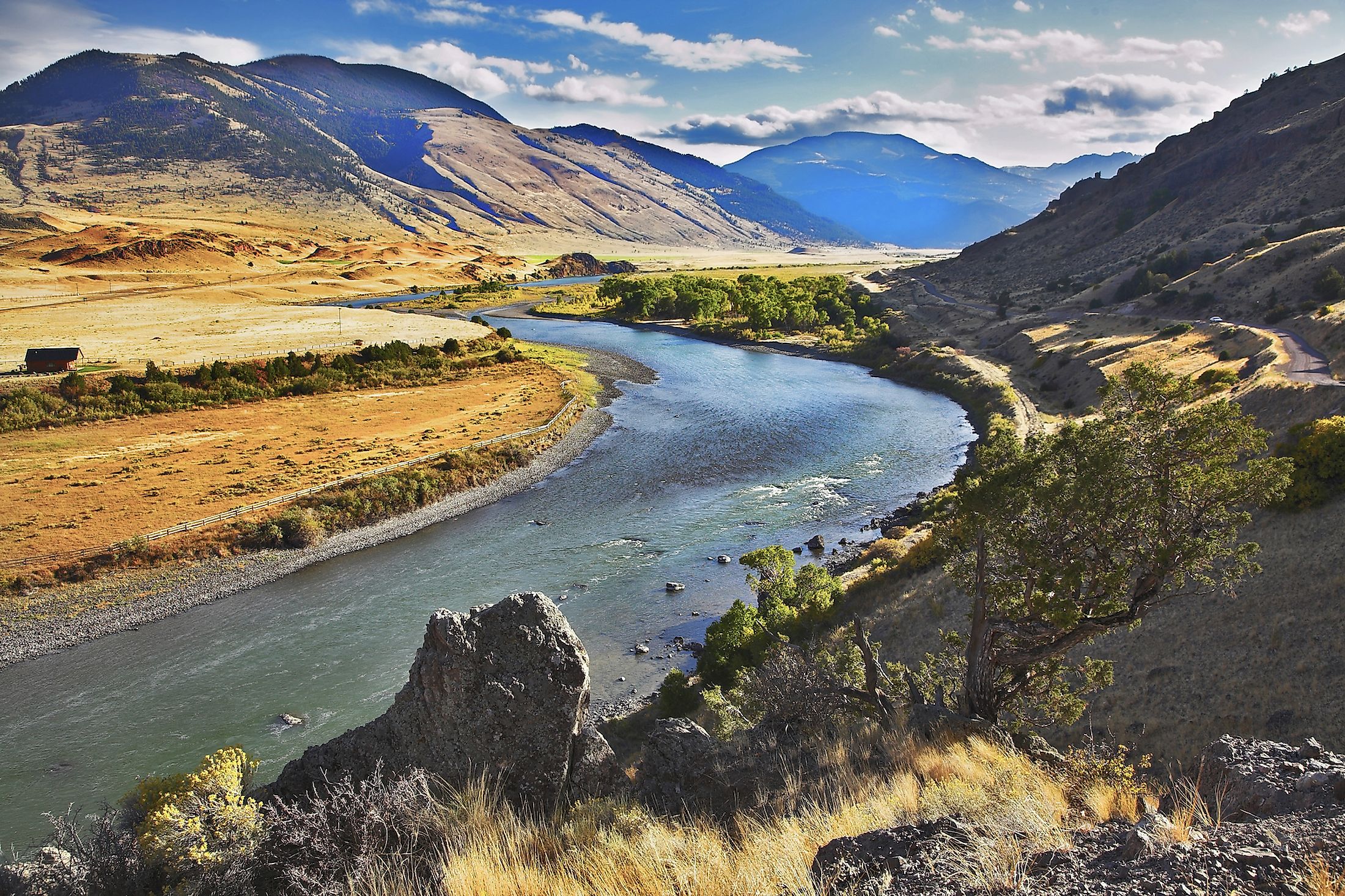
The Missouri River Meanders through Seven States
The Missouri River is super long, but did you know it passes through a total of seven states? That’s a lot, even for a long river! The Missouri and Mississippi Rivers come together and create the fourth longest river system in the world at 3,979 miles long. Before that happens, the river begins at an elevation of 4,045 feet on the eastern slope of the Rocky Mountains as a confluence of the Jefferson, Madison, and Gallatin rivers near Three Forks, Montana, to its meeting place with the Mississippi River in St. Louis, Missouri. The states the river flows through are Montana, North Dakota, South Dakota, Nebraska, Iowa, Kansas, and Missouri.
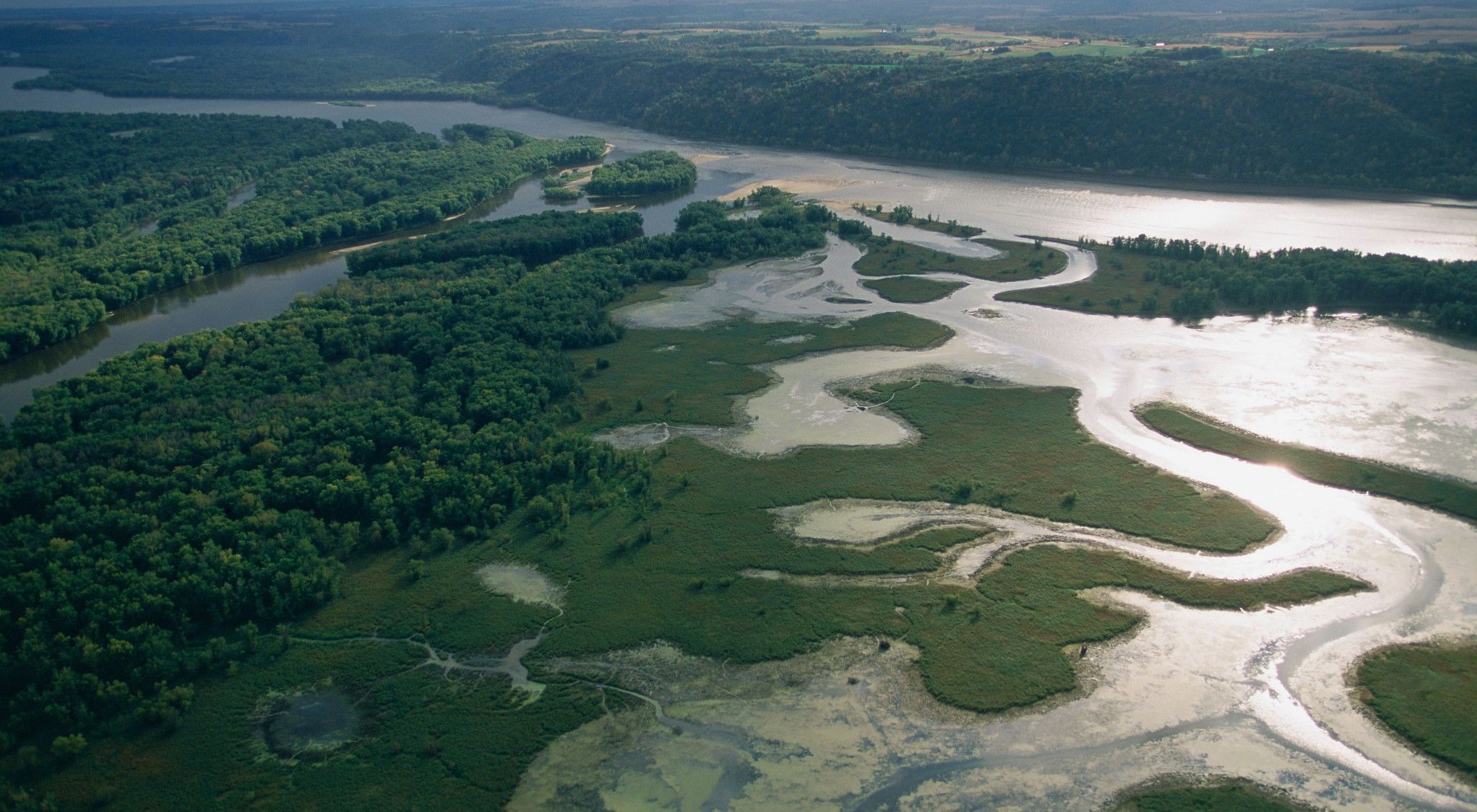
The Missouri River is the Longest River in North America
The U.S. has plenty of extremely long rivers, such as the Mississippi, Yukon, Rio Grande, Arkansas, and Colorado Rivers. Surprisingly, the Missouri River takes first place as the longest river in the U.S. and in all of North America. In fact, it is such a massive river that it enters numerous national parks and crosses through everything in the U.S., from swamps to deserts. The Missouri River has a length of 2,341 miles before it connects with the Mississippi River. To put that distance into perspective, the U.S. is 2,742 miles from east to west coast.
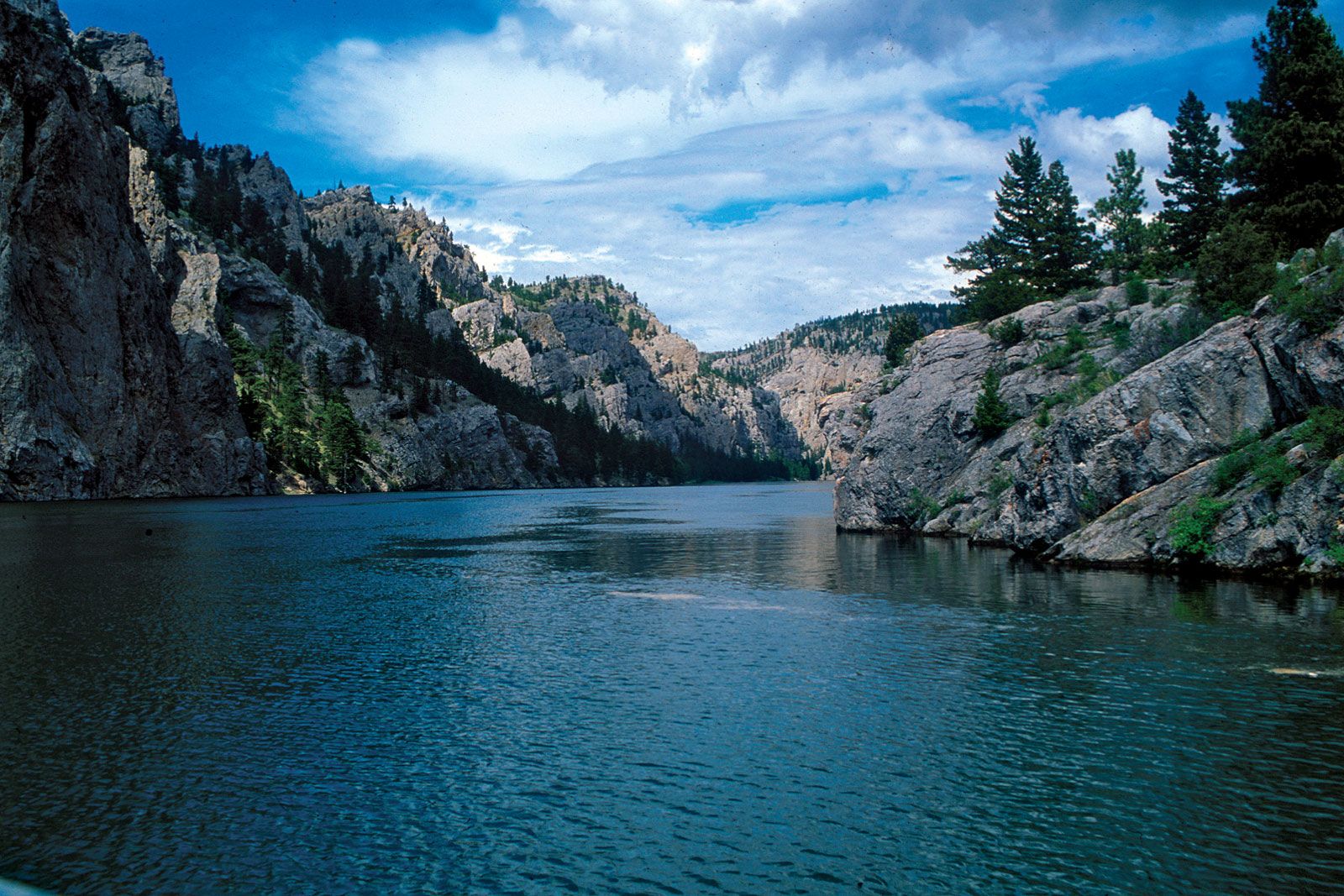
The Diversity of the Wildlife on the Missouri River is Exceptional
Many types of mammals, aquatic life, amphibians, reptiles, birds, and insects lay claim to the extensive landscape the Missouri River passes through. Near the beginning of the river are grizzly bears, wolves, eagles, elk, prairie dogs, bighorn sheep, bison, osprey, longhorn, and many others. In fact, 60 species of mammals, 301 species of birds, and 52 species of reptiles and amphibians exist along the river! Several bats, birds, and fish are protected under the Endangered Species Act.
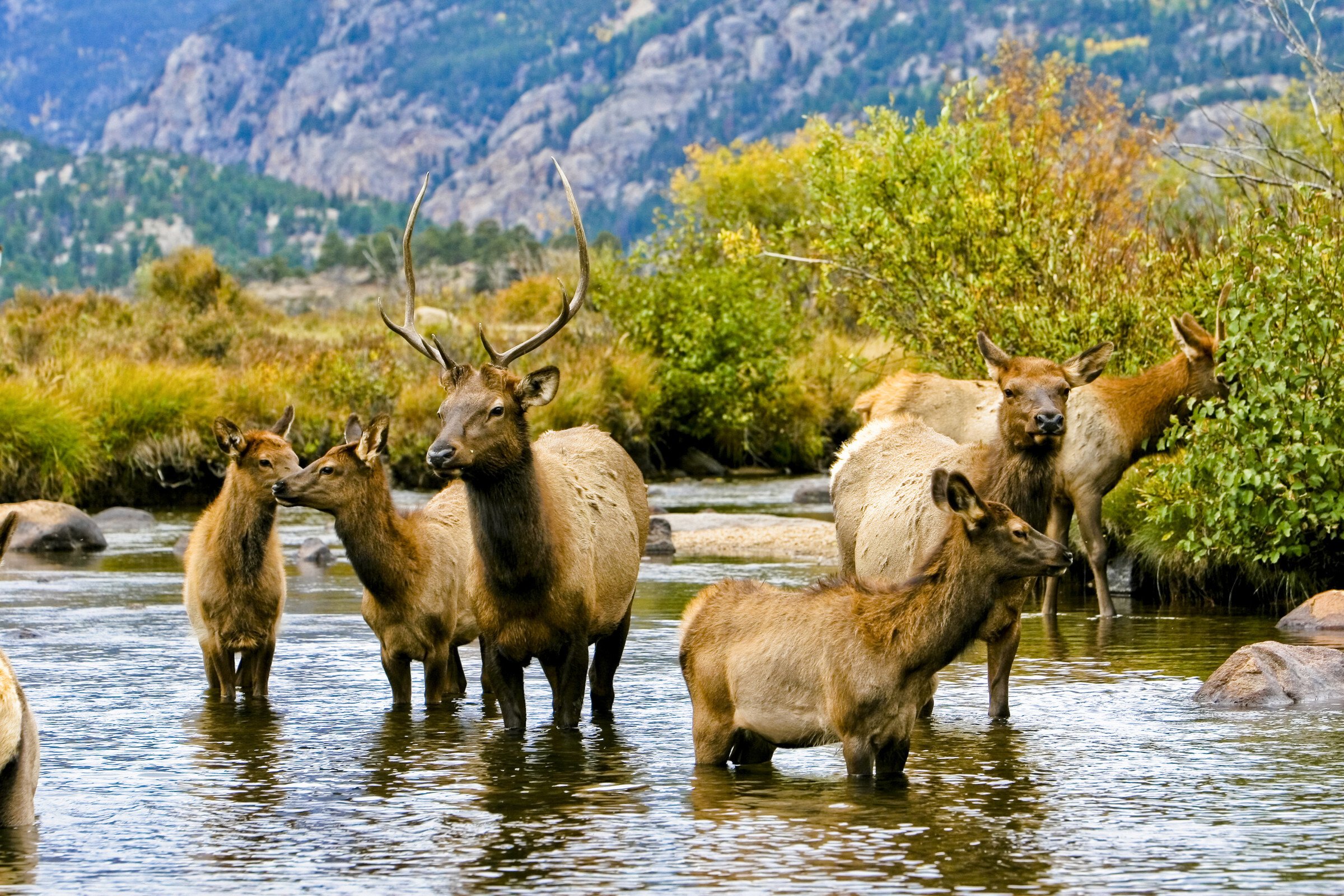
Humans have Drastically Changed the Flow of the Missouri River
The Missouri River was once as wild and free as the Yellowstone River until humans began to dictate what the massive river did. Since then, six major dams have maintained the river. Those dams are the Fort Peck, Garrison, Oahe, Big Bend, Fort Randall, and Gavin’s Point. The six main dams were built in order to store water for hydroelectric power generation, maintain agriculture irrigation, and for recreational uses within reservoirs.
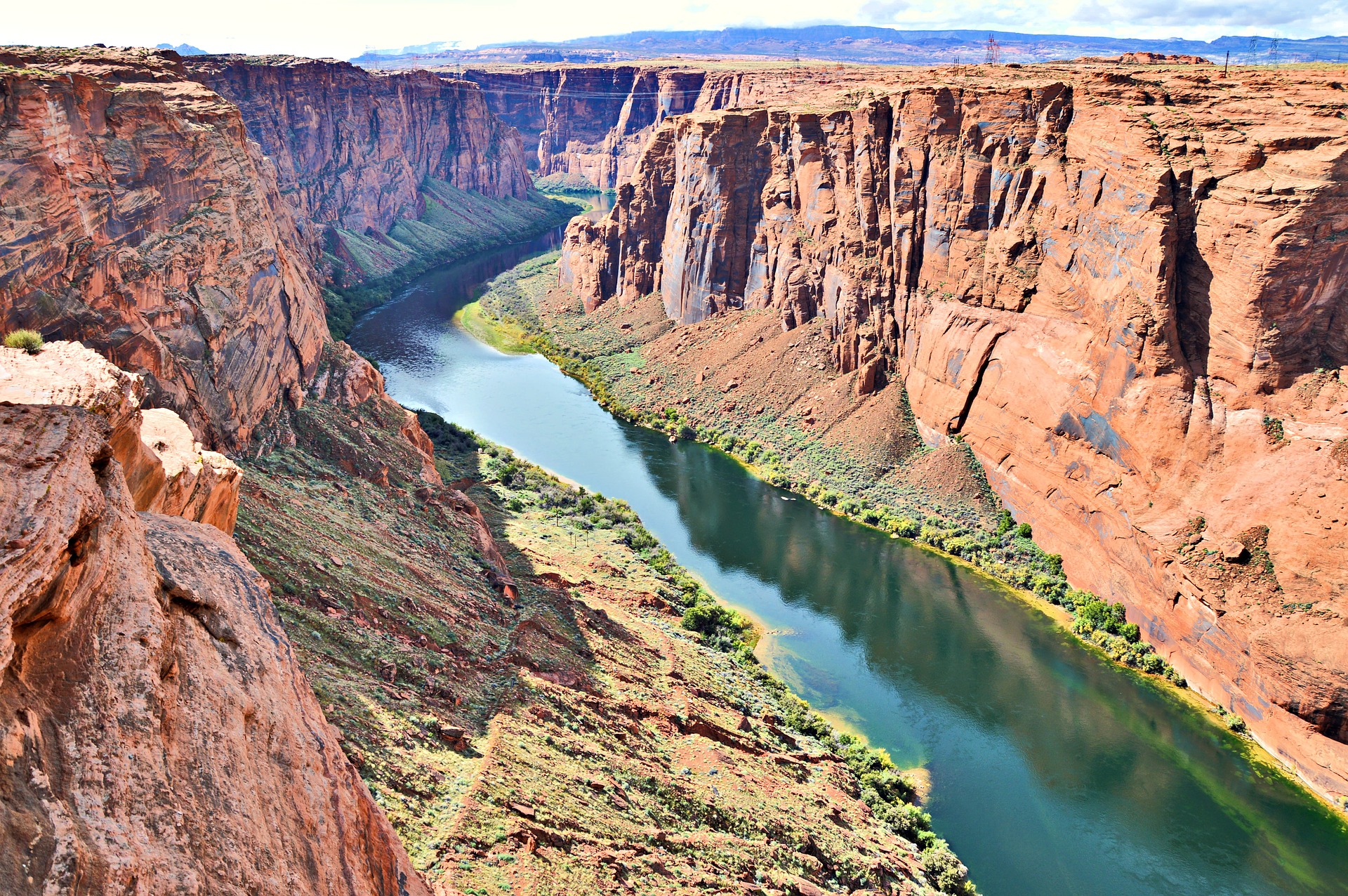
The Name of the Missouri River Came From an Indigenous Tribe
Native American tribes such as the Blackfeet, Hidatsa, Ottoe, Missouria, and Crow lived in the northern region where the Missouri River began. From the Siouan language, the name they gave the river was “Ouemessorita,” which means “people of the wooden canoe.” Later, it was anglicized to be spelled and pronounced Missouri. French explorers Father Jacques Marquette and Louis Jolliet, in May 1673, called the river “Pekitanoui,” which was from the Algonquian/Peoria Indian language and meant Muddy Water.
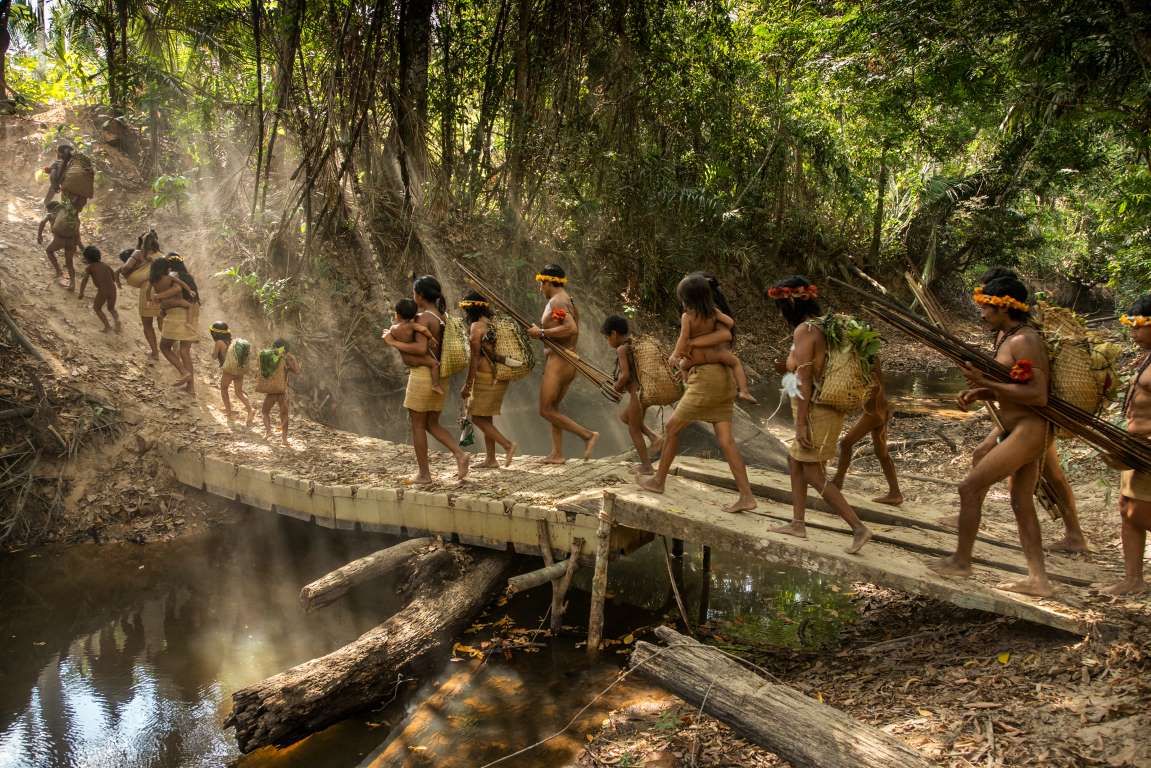
The Missouri River is Also Called “Big Muddy”
One of the most commonly used nicknames of the Missouri River is “Big Muddy.” The nickname came from the fact that the once clear water of a mountain stream picks up so much sediment as it travels away from its source. The sedimentation is what gives the river its muddy look. The Mississippi is also sediment-heavy, but once the two merge, it should be known as the biggest muddy river.
